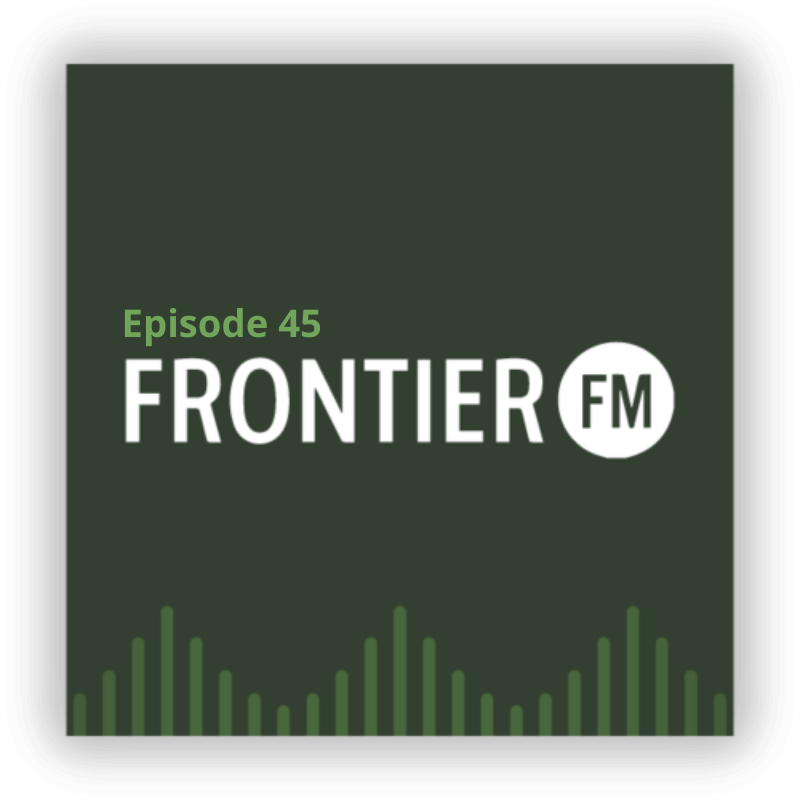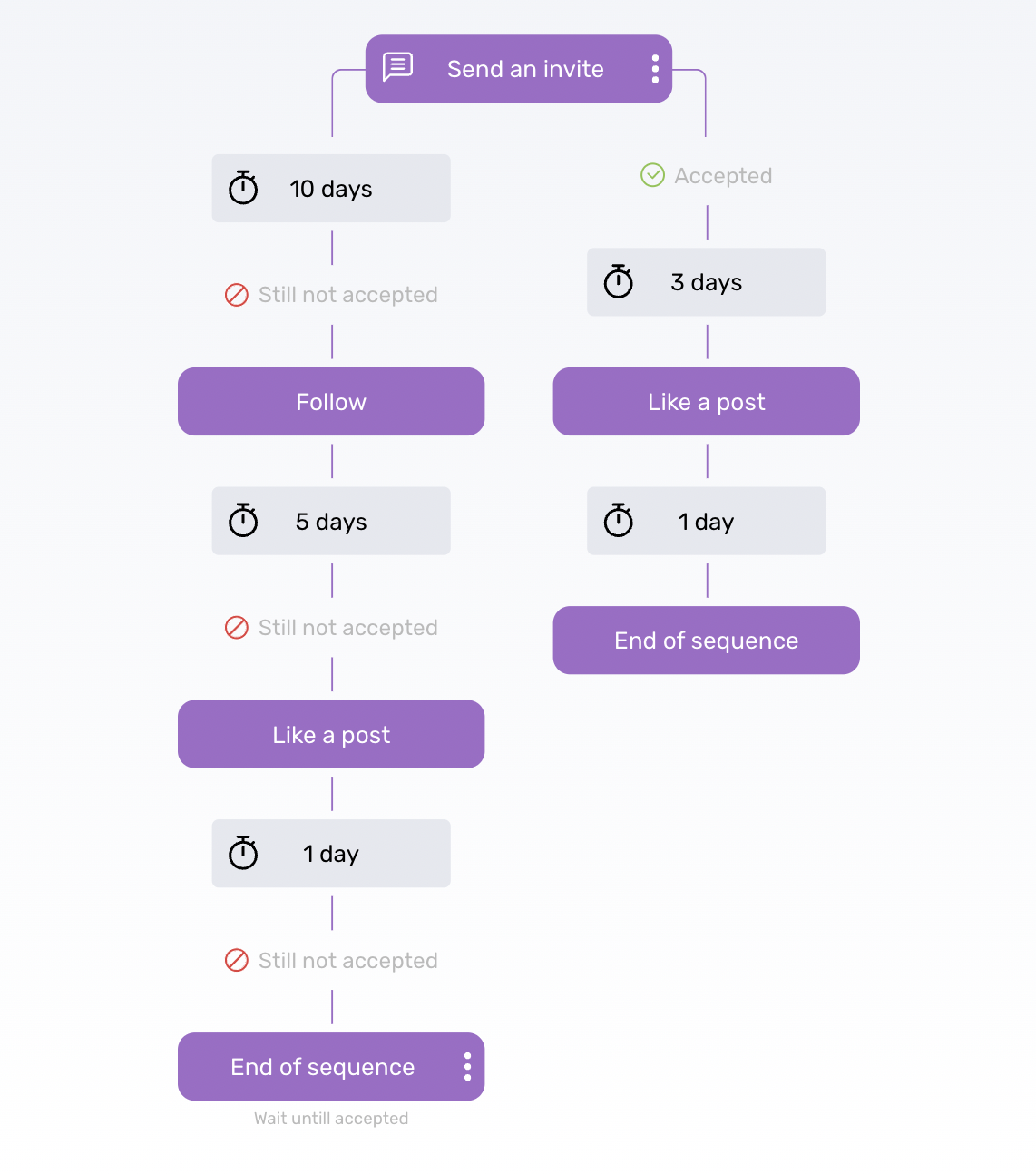Episode 60
With Benjamin Johnson and David Schwab
It’s time to bring some internal innovation to the charity world! On this episode, Ben sits down with the Director of Marketing Growth for Funraise, David Schwab. David dives into why quality tech stacks for charities are a game changer, how and why he works for Funraise, and the power of owning the conversation through email marketing.
You will want to hear this episode if you are interested in...
The difference between Seattle and Canadian sports [0:12]
Exploring David’s professional journey [3:37]
How David started working at Funraise [10:17]
The Funraise backstory and the power of platforms [17:26]
Big wins for charities using Funraise [25:09]
Explaining email marketing to the next generation and why marketing is pay to play [28:27]
Bringing tech to the charity world
What is the definition of good tech when it comes to charities? Unfortunately, “cutting edge” for fundraisers usually means taking things built to fuel the last iteration of what was fundraising, and retrofitting it to work in a modern context. Charities need to stop trying to push the bounds of marketing with a tech stack that was outdated 10 years ago. David spent many years on the for-profit agency side working in technology and digital marketing and realized that most good tech in the charity world barely passes the benchmark for average everywhere else. In order for charities to stay relevant, they need to explore tech being built from the ground up for nonprofit organizations to do the type of fundraising and marketing they need now and in the future.
What is Funraise?
Funraise doesn't just deliver technology to nonprofits, they innovate from inside the charitable sector. Funraise's leader (all members of the nonprofit industry themselves) saw that the world was changing, and charities were getting left in the dust. As a result, they founded Funraise to help organizations give donors a great donation experience, manage donor relationships on the backend, and fundraise through social media. At the time, having the functionality of all three on the same platform was a game changer. In addition to helping nonprofit people do their jobs better, Funraise is changing the game by creating quality conversion points designed to enhance the inherent emotional aspect of donating, making giving transformational rather than transactional.
Own the conversation
When social media platforms became corporations that needed to deliver profits to shareholders, everything changed. It was no longer about the content creators, but how much those creators were willing to pay to get their content in front of a specific audience. In fact, social media platforms have deprioritized brands across the board. So whether you have five or five million organic followers, you’re talking to the same amount of people through social media marketing. It’s a classic pay to play scenario! This is why email marketing is still so important. Marketing is about conversations. You can either pay to have that conversation or own the conversation. That's the inherent difference between marketing on social media and email marketing. There's no free marketing, period. However, if you own the conversation through email, you’ll have a much higher rate of return because you control when, where, and how you reach your audience.
Resources & People Mentioned
Email Frontier FM YOUR fundraising questions at junkmail@frontier.io!
Connect with David Schwab
Email David
Follow David on LinkedIn
Connect With Frontier
Follow Benjamin Johnson on LinkedIn
Follow Matt Hussey on LinkedIn
Follow Megan McCaffery on LinkedIn
Follow Becca Gust on LinkedIn
Website: https://Frontier.io
Frontier on LinkedIn: https://www.linkedin.com/company/frontiermarketingco/
Follow Frontier.FM on
Apple Podcasts, Spotify, Google Podcasts









































